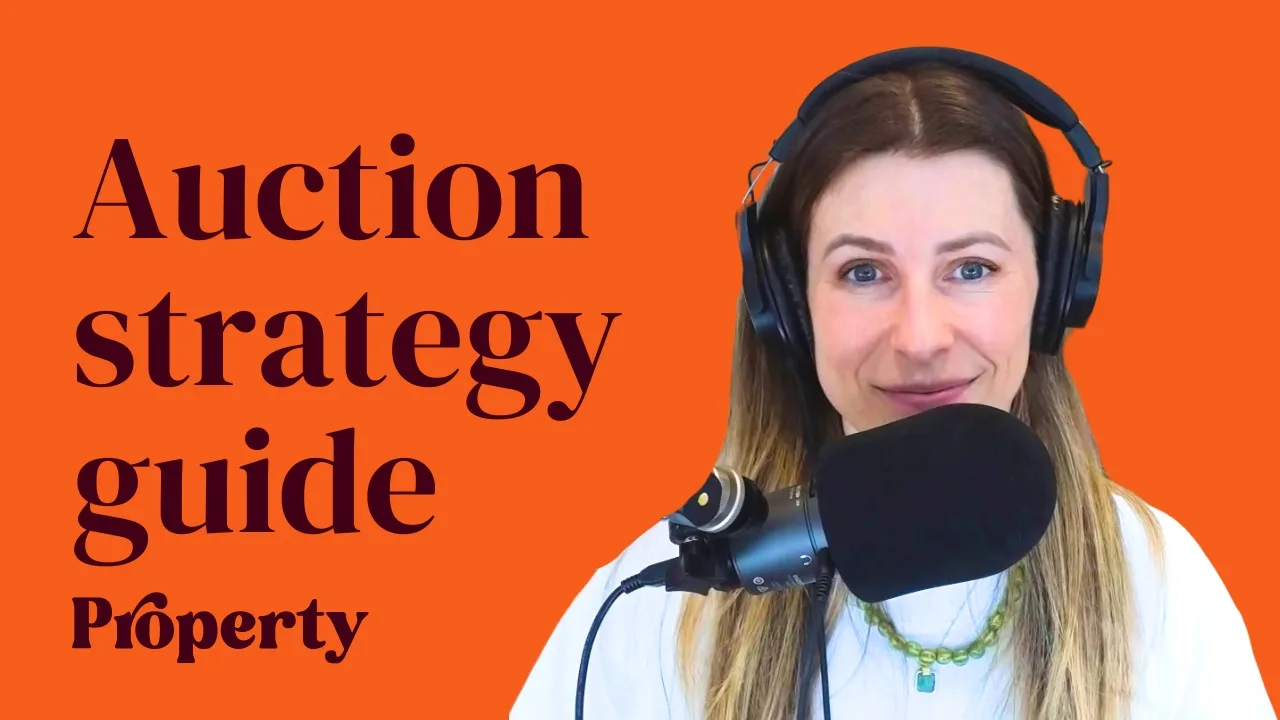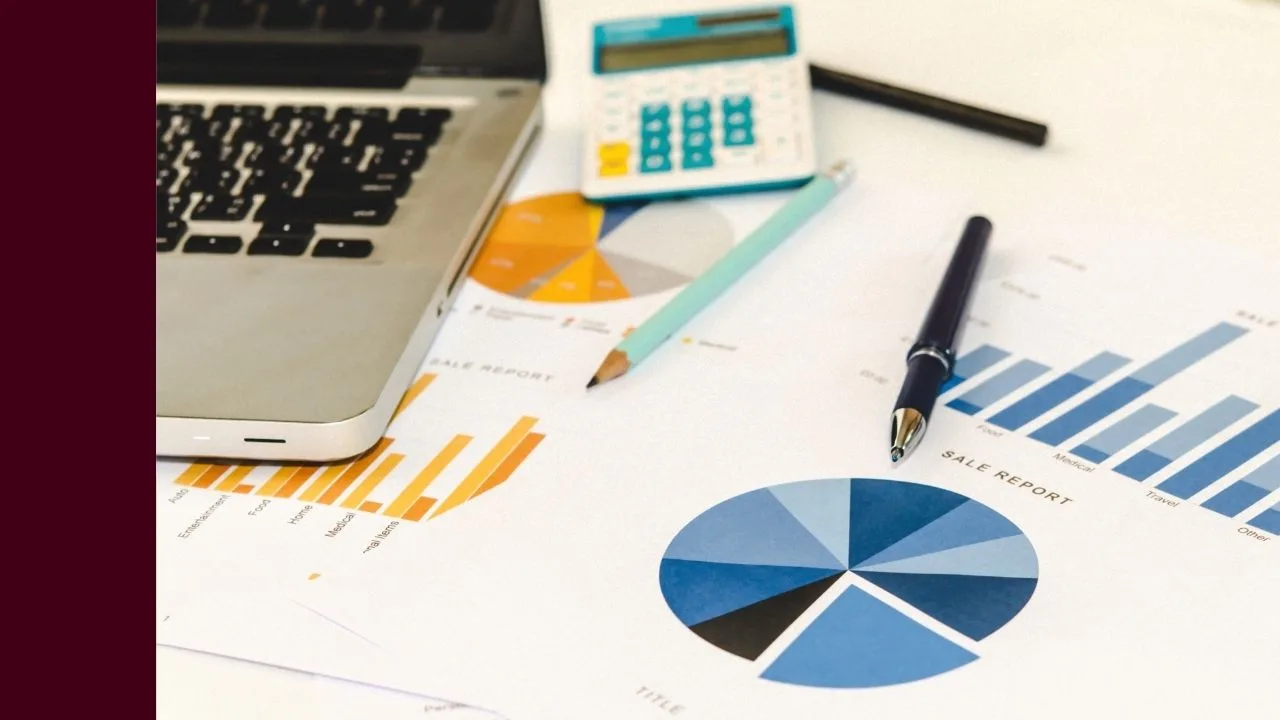WES share price in focus
Founded in 1914, Wesfarmers is an Australian conglomerate headquartered in Perth. Its main operations span Australia and New Zealand and include retail, chemical, fertiliser, industrial and safety brands and products.
Wesfarmers is a bit like a publicly listed private equity company. It has a long history of buying businesses, benefitting from their cash flow, re-investing in them and then selling them for a more attractive price. A good example of this might be Coles Group, which it bought in 2007 and spun out in 2018. However, by far (over 50%) of the company’s operating profit comes from Bunnings, the #1 hardware and home improvement business in Australia. Wesfarmers originally invested in Bunnings in 1987, buying the final 52% in 1994 for $594 million.
Wesfarmers has long been considered a leading blue chip stock on the ASX and is known for paying a consistent dividend. Other household names owned by Wesfarmers include Blackwoods, Kmart, Target, Officeworks, and Priceline Pharmacy.
Let’s talk profits
If you’ve ever tried reading a company’s income statement on the annual report, you’ll know just how complex it can get. While there are any number of ways you could slice up the statement, three key figures are revenue, gross margin, and profit.
Revenue is important for obvious reasons – everything else (profit, margins, return on equity etc.) is downstream of a company’s ability to generate sales and revenue. What we’re looking for is not so much the absolute number, but the trend. WES last reported an annual revenue of $44,189m with a compound annual growth rate (CAGR) over the last 3 years of 9.2% per year.
The next thing we’ll want to consider is the gross margin. The gross margin tells us how profitable the core products/services are – before you take into account all the overhead costs, how much money does the company make from selling $100 worth of goods and services? WES’s latest reported gross margin was 34.0%.
Finally, we get to profit, the real headline number. Last financial year Wesfarmers Ltd reported a profit of $2,557m. That compares to 3 years ago when they made a profit of $2,380m, representing a CAGR of 2.4%.
A pulse check on WES shares
Next, we could consider the capital health of the company. What we’re trying to work out is whether the company is generating a reasonable return on their equity (the total shareholder value) and whether they have a good safety buffer. One important measure to consider is net debt. This is simply the total debt minus the company’s cash holdings.
In the case of WES, the current net debt sits at $10,443m. A high number here means that a company has a lot of debt which potentially means higher interest payments, greater instability, and higher sensitivity to interest rates. A negative value on the other hand indicates the company has more cash than debt, which can be seen as good (a big safety buffer) or bad (inefficient capital allocation).
Another figure we can look at is the debt/equity percentage. This tells us how much debt the company has relative to shareholder ownership. In other words, how leveraged is the company? Wesfarmers Ltd has a debt/equity ratio of 131.4%, which means they have more debt than equity. This isn’t always a bad thing if the company has stable revenue and good cash flow, but it certainly creates more risk.
Finally, we can look at the return on equity (ROE). The ROE tells us how much profit a company is generating as a percentage of its total equity – high numbers indicate the company is allocating capital efficiently and generating value, while a low number suggests that company growth may be starting to slow. WES generated an ROE of 30.3% in FY24.
What to make of WES shares?
One way to have a ‘speedy read’ of where the WES share price is could be to study something like dividend yield through time. Remember, the dividend yield is effectively the ‘cash flow’ to a shareholder, but it can fluctuate year-to-year or between payments. Currently, Wesfarmers Ltd shares have a dividend yield of around 2.82%, compared to its 5-year average of 3.36%. Put simply, WES shares are trading below their historical average dividend yield. Be careful how you interpret this information though – it could mean that dividends have fallen, or that the share price is increasing, or both. In the case of WES, last year’s dividend was greater than the 3-year average, so the dividend has been growing.
The Rask websites offer free online investing courses, created by analysts explaining things like Discounted Cash Flow (DCF) and Dividend Discount Models (DDM). They even include free valuation spreadsheets! Both of these models would be a better way to value the WES share price.






